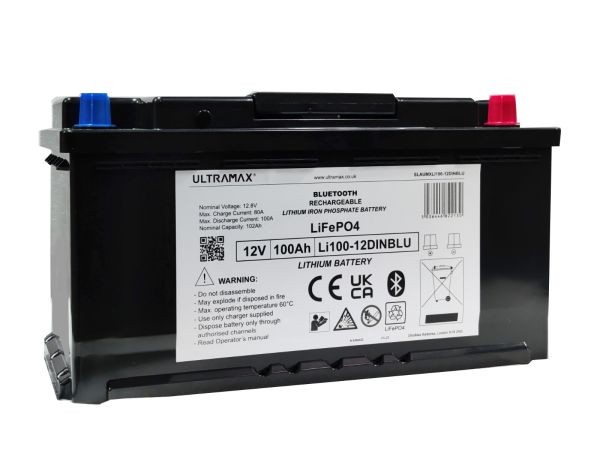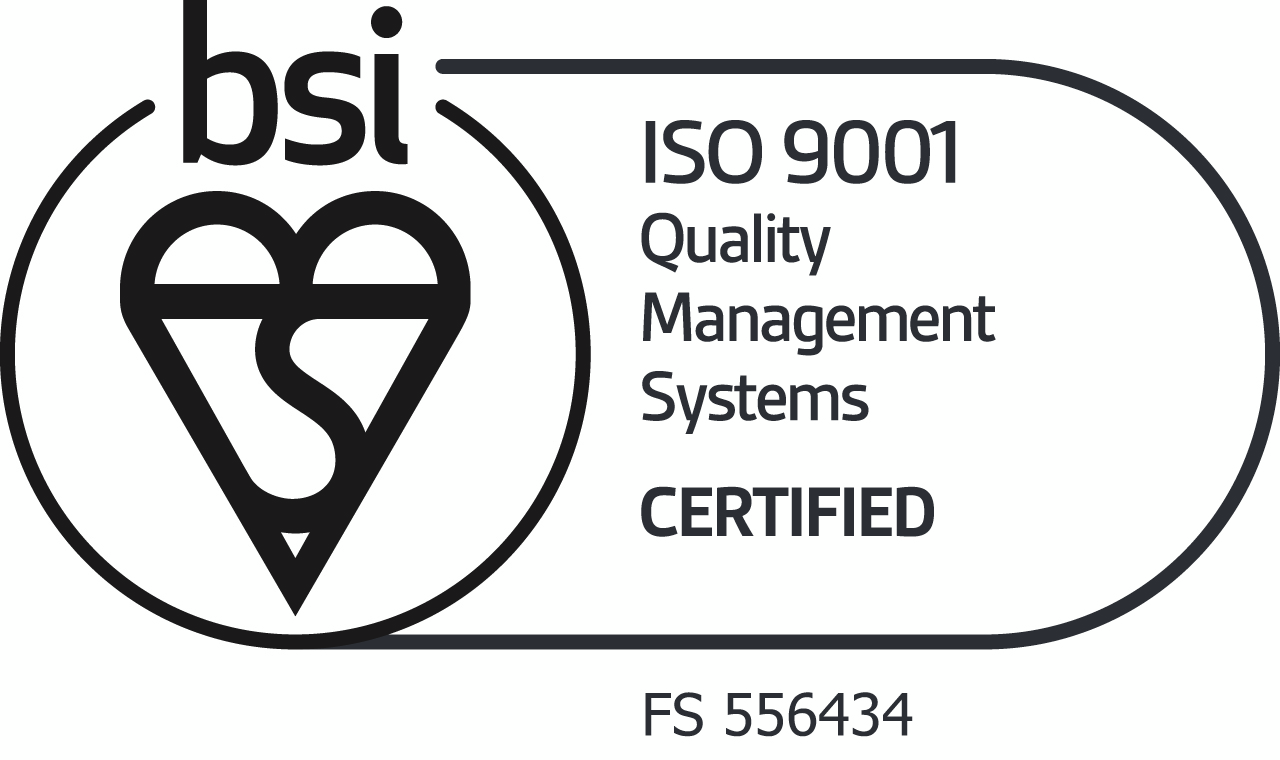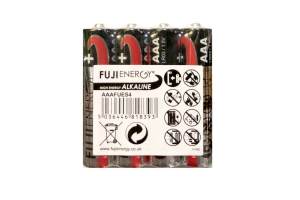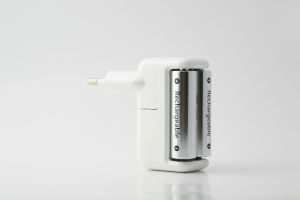
How to maintain and store your LiFePO4 battery!
Proper battery maintenance and storage practices can help maximize their performance and lifespan. Here are some guidelines for LiFePO4 battery maintenance and storage:
1. Charging: LiFePO4 batteries can be charged using a standard lithium-ion battery charger. It's essential to use a charger specifically designed for LiFePO4 chemistry to ensure optimal charging performance. Avoid overcharging the battery, as it can lead to reduced capacity and potential damage. Follow the manufacturer's recommendations for charging voltage and current limits.
2. Discharging: It is advisable to avoid deep discharges whenever possible, as excessive discharge can shorten the battery's lifespan. Regularly check the battery's state of charge, and recharge it before it falls too low. Specifically, lithium batteries with Bluetooth functionality must be charged every 3 months. DO NOT leave it uncharged, as this can disconnect the BMS from Bluetooth and disable the battery completely.
3. Temperature: LiFePO4 batteries perform best within a moderate temperature range. Avoid exposing the batteries to extreme temperatures, both, during charging and storage. High temperatures can accelerate the ageing process and reduce the battery's overall capacity. Charging LiFePO4 batteries at temperatures below freezing should be avoided to prevent damage. Best operates between 15C and 30C.
4. Storage: If you need to store LiFePO4 batteries for an extended period, follow these guidelines:
a. Charge the battery to around 60-70% of its capacity before storage.
b. Store the battery in a cool, dry place away from direct sunlight, moisture, and flammable materials. Aim for a storage temperature between 0°C and 25°C (32°F to 77°F) for optimal results.
c. Check the battery's state of charge periodically during storage, and recharge it if the voltage drops below a recommended threshold to avoid deep discharge.
5. Maintenance: LiFePO4 batteries are generally low-maintenance, but regular monitoring is still beneficial. Keep an eye on the battery's performance, including its capacity and voltage levels, to detect any significant changes or issues early on.
6. BMS storage
Now, let's address the specific considerations for battery storage:
a. When the BMS has Bluetooth functionality:
Bluetooth-enabled BMS: If the BMS has Bluetooth functionality, it's generally not necessary to take any special precautions solely for the Bluetooth aspect during storage. However, it's advisable to ensure that the Bluetooth connection is disabled or turned off to conserve power and prevent any unauthorized access to the BMS during storage. If you don’t have the ability to switch off you need to ensure you maintain the voltage level of the battery above 10 volts at all times.
b. For storage when the BMS does not have Bluetooth functionality:
Non-Bluetooth BMS: If the BMS does not have Bluetooth functionality, there are no additional considerations specific to Bluetooth during storage. Simply follow the general guidelines mentioned above to store the BMS safely.
Understanding the proper storage methods for LiFePO4 batteries is crucial for maintaining their overall health and performance. While the battery chemistry itself is durable, the physical components remain susceptible to various environmental factors.
Explore our range of UltraMax LiFePO4 Batteries Chargers!


















